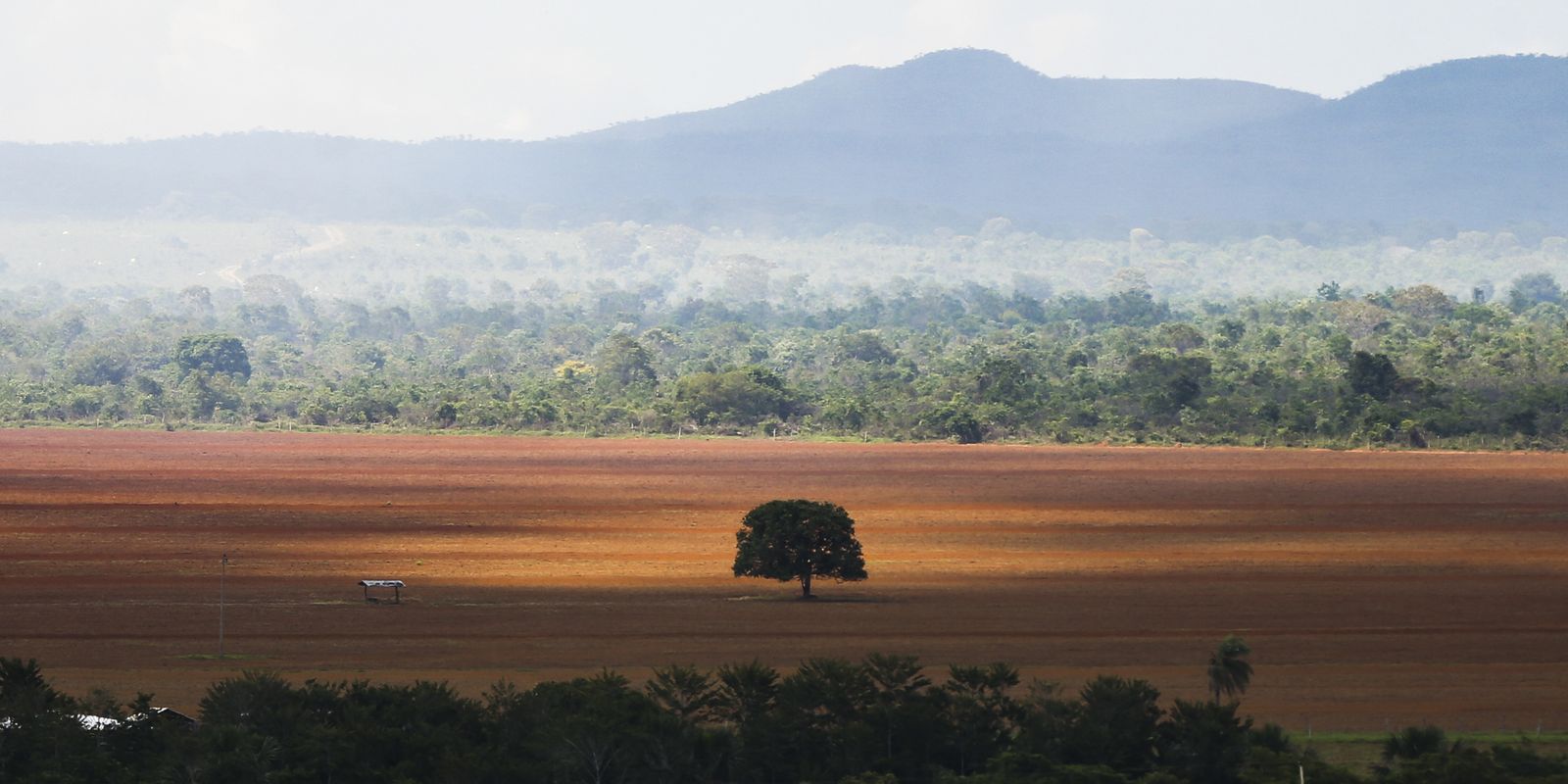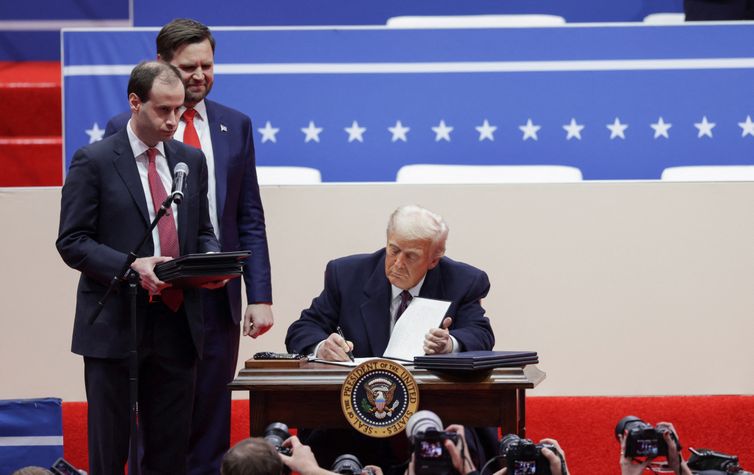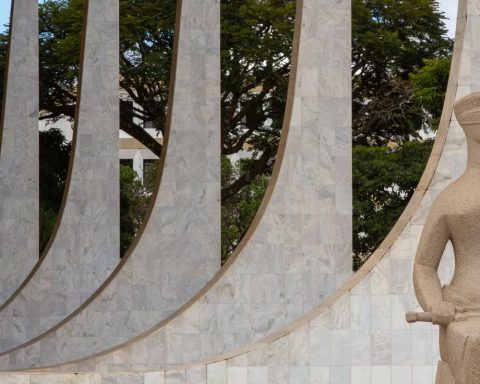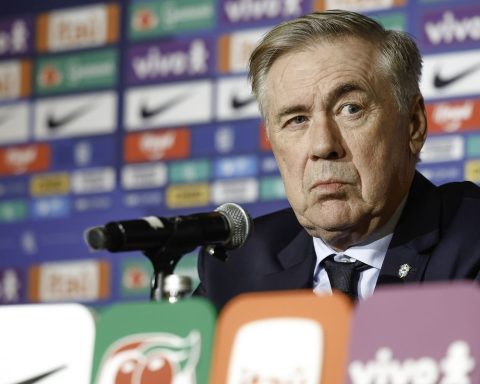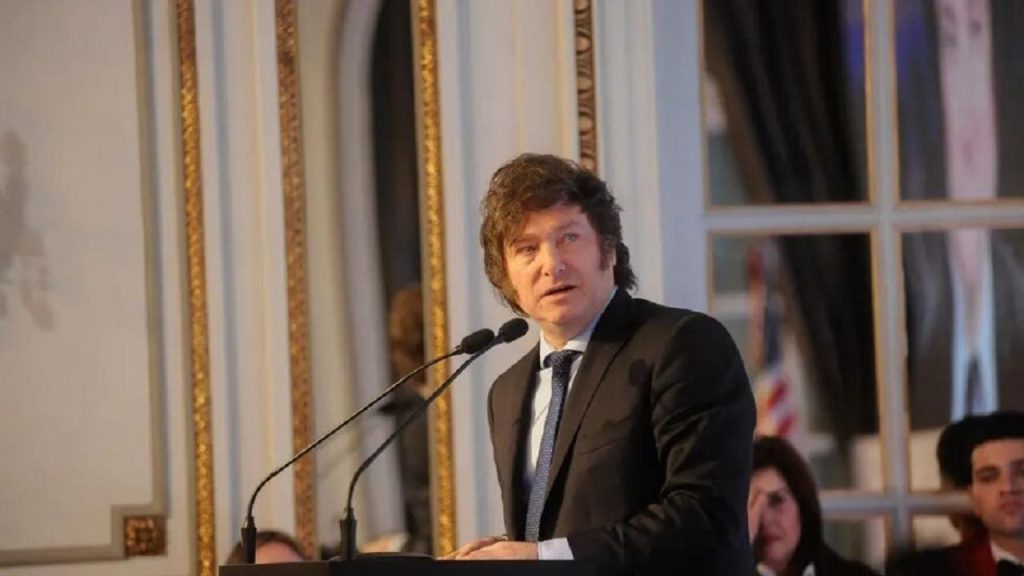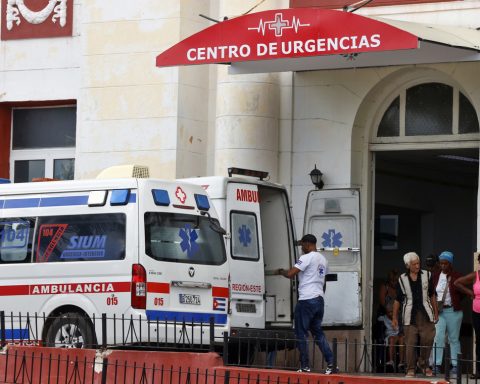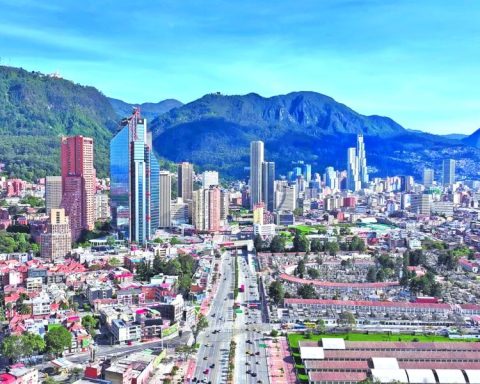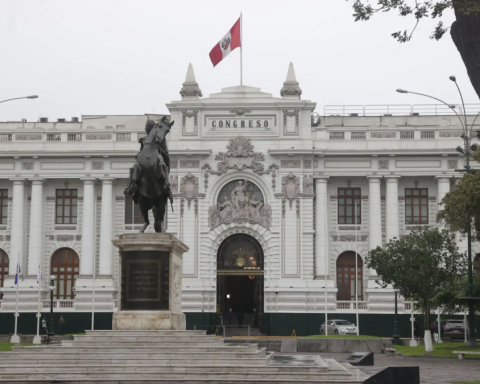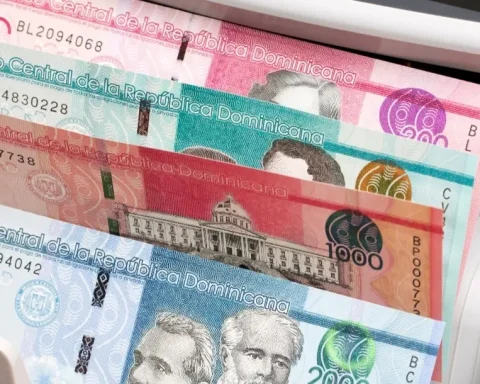As soon as he took office last Monday (20), US President Donald Trump signed a decree Removing the country from the Paris Agreement About climate change. Immediately, the spokesman for the Secretary-General of the United Nations (UN), Stephane Dujaric, issued a statement recognizing the country’s relevance in the leadership of environmental issues and highlighting the importance of continuing this driving by US states and companies .
Officially, Trump’s decision has not yet reached the hands of the UN Secretary General, António Guterres, as provided for in Article 28 of the Paris Agreement itself. “At any time after three years from the date on which this agreement came into force for a party, this party may withdraw from this agreement upon written notification to the depositary,” the document says.
In the case of the United States, the three years began counting on November 4, 2016, as for most signatory countries who joined the treaty on December 12, 2015, when the instrument was officially adopted during COP21 in Paris . For this reason, although Trump announces the first departure from the country, in 2017the official request was only sent in November 2019, so that it was valid.
Likewise, Article 28 of the Paris Agreement also determines that “any withdrawal shall enter into force within one year from the date of receipt by the depositary of the withdrawal notification, or on a later date as specified in the withdrawal notification” . Thus, the decision was only effective two months before Trump leaves the White House in its first term, but there is almost no time to make the impact significant before the president, then elected, Joe Biden revoke the measure.
Although he expressed a series of antiacyclical measures even before he was reelected, Trump, as in the previous term, announced only the Paris Agreement and not the United Nations Framework Convention on Climate Change (UNFCCC), which would result in the departure of the two treaties.
For the senior manager of climate action at WRI Brazil, Miriam Garcia, when the departure of the United States is made, the country will remain maintaining global appointments to address climate change. “On different trading tracks, you have some trails that refer to the Paris Agreement and the operationalization of the Paris Agreement, and you have some trails that are given to the convention’s own convention budget issue. So in all these spheres, the United States still continues, ”he says.
This time, if the document is received by the UN in 2025, the period of one year will begin to count and the decision will have an effect in Trump’s second year in 2026. Bruno Toledo, in addition to this new US exit from the treaty to last, the measure also occurs today in another context. “There in 2017, it was the newly available of the Paris Agreement, just two years after 2015. So, in a way, let’s say that public humor was much more optimistic because of that success,” he says.
Threat
Ten years after, Toledo considers that there was a wear and tear in the engagement of the parts of the treaty, because they do not reach consensus for the implementation of measures that guarantee the reduction of greenhouse gas emissions, and consequent containment of the increased temperature of the planet. “In 2017, you still had an optimism because of Paris’s experience and today is much more frustration. So this is a risk that we didn’t have back there. How much this frustration can contaminate not only countries but also observers, ”he says.
On the other hand, Bruno points out that multilateral treaties such as the Paris Agreement are still the main way to advance the construction of policies to confront global emergency, such as climate change. “It is the only international treaty we have, in which virtually all governments in the world are committed to greenhouse gas reduction goals,” he says.
Miriam says that it must be remembered that the Paris Agreement is the result of a long process of consensus construction for intergovernmental architecture that enables actions that face the challenges imposed by climate change. “It is through this look to strengthen multilateralism and the different tools that exist under the umbrella of the Paris Agreement that we will be able to achieve the mitigation and adaptation goals.”
For the expert, these goals are dynamic and accompany the volatility of geopolitics, but should not be questioned by multilateral mechanisms such as the Paris Agreement. “We need to look at the agreement as an instrument that guarantees the participation of all countries, because each country there has a vote of the signatories of the Paris Agreement. And seek in this multilateral space the necessary reforms so that it can continue to respond to the challenges that are only increasing. ”
Paris Agreement
The Paris Agreement is one of the tools of UNFCCC, which was the first multilateral treaty on the theme signed by the countries in ECO92 in Rio de Janeiro. “The Paris agreement is like a sub-agreement, because it is inside a larger umbrella, which is the United Nations Convention on Climate Change,” explains Bruno Toledo.
The expert recalls that, after the creation of this first treaty in 1997, the Kyoto Protocol was created, which was the first tool designed to reduce global emissions.
“In the Kyoto Protocol, only developed countries, those industrialized, who had commitments to reduce greenhouse gas emissions, but unfortunately, due to political issues, then the United States, which was part of the protocol, leaves , during the government of George W. Bush in 2001, and in this the treaty ends up losing a lot of strength. ”
The protocol also did not reach major broadcasters, classified as still developing countries. “China in the 1990s was not among the great greenhouse gas emitters, but all that explosion of economic growth they had between the late 1990s and the second half of the 2000s put the Chinese as one of the main broadcasters of Planet, ”he recalls.
Goals
Divergences and political tensions between China and the United States in 2009 in the context of the United Nations Conference on Climate Change (COP15) in Copenhagen (Denmark) have waged a new agreement. And only in 2015, negotiations resulted in the Paris Agreement.
The treaty brings together the objectives, rules, and methodologies in achieving the targets of maintaining an increase in global average temperature well below 2 ° C compared to pre-industrial levels, increasing the ability to adapt to the negative impacts of climate change and make financial flows compatible with a trajectory towards a development of low greenhouse gas emission and resilient to climate change.
It also provides periodic evaluations, as in article 14, which establishes the elaboration of a global balance to “evaluate collective progress towards the purpose of the agreement and its long -term goals”. The first document was delivered in Dubai during COP28 in 2023.
Evaluations include estimates for global emissions mitigation efforts, advance adaptation capacity and implementation means such as financing, for example.
Given the first results, the countries part of the Paris Agreement will have until February 2025 for the delivery of the third generation of the nationally determined contribution (NDC in English), which defines ambitions for reducing greenhouse gas emissions emissions . THE Brazil anticipated the deadlineand made a commitment to reduce the problem in its territory of 59% to 67% in 2035.
For the manager of WRI Brazil, a good thermometer to evaluate the engagement of countries will be the ambitions presented until COP30, in Brazil, in November.
“There is an expectation that a good part of these NDCs will come until September. And it’s more important to have good NDCs than ambitions that are not so good on time. So, it is working so that we can see portrayed in the commitments that countries put to the international community a higher scale of mitigation actions, greater recognition of the importance of adaptation and the role of financing each of these countries will put ”, Concludes.
